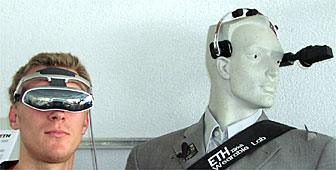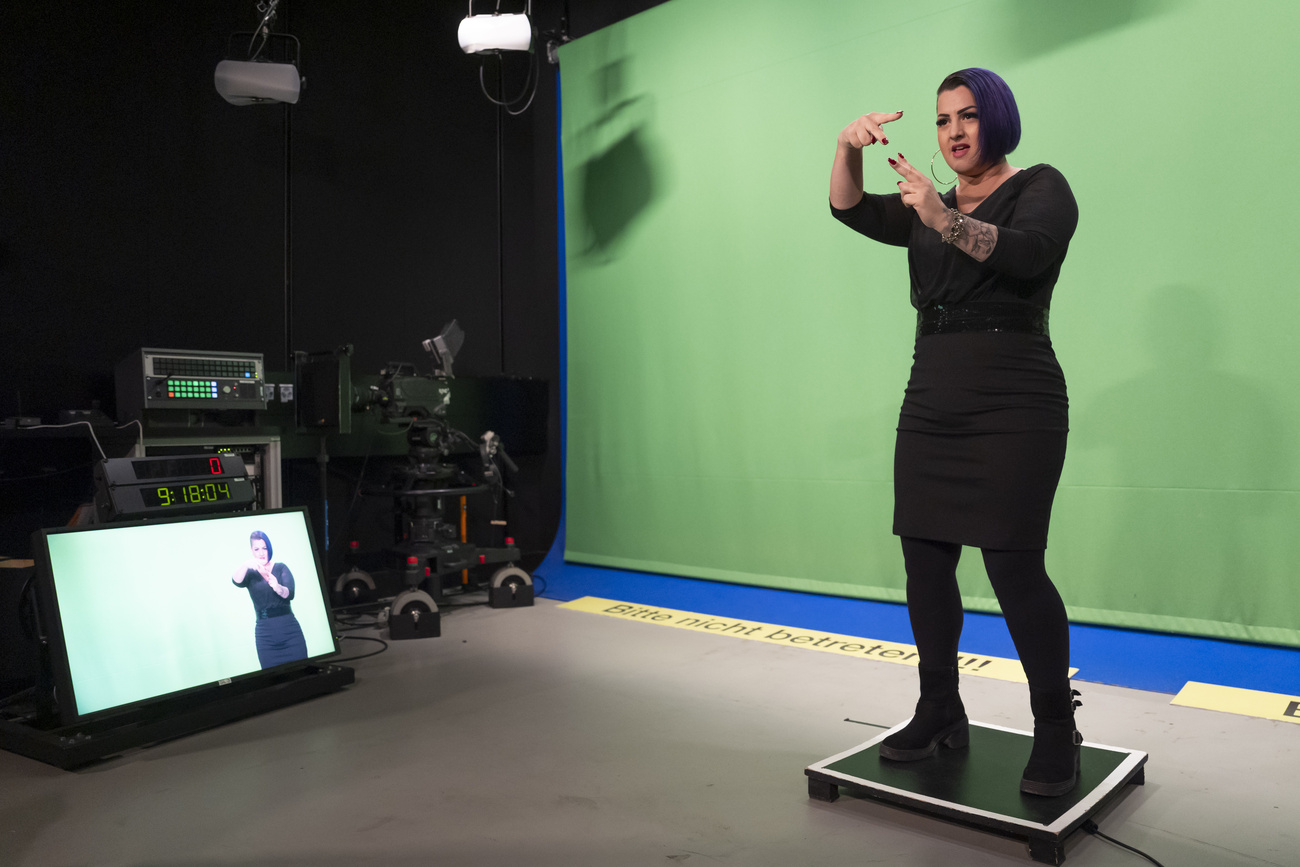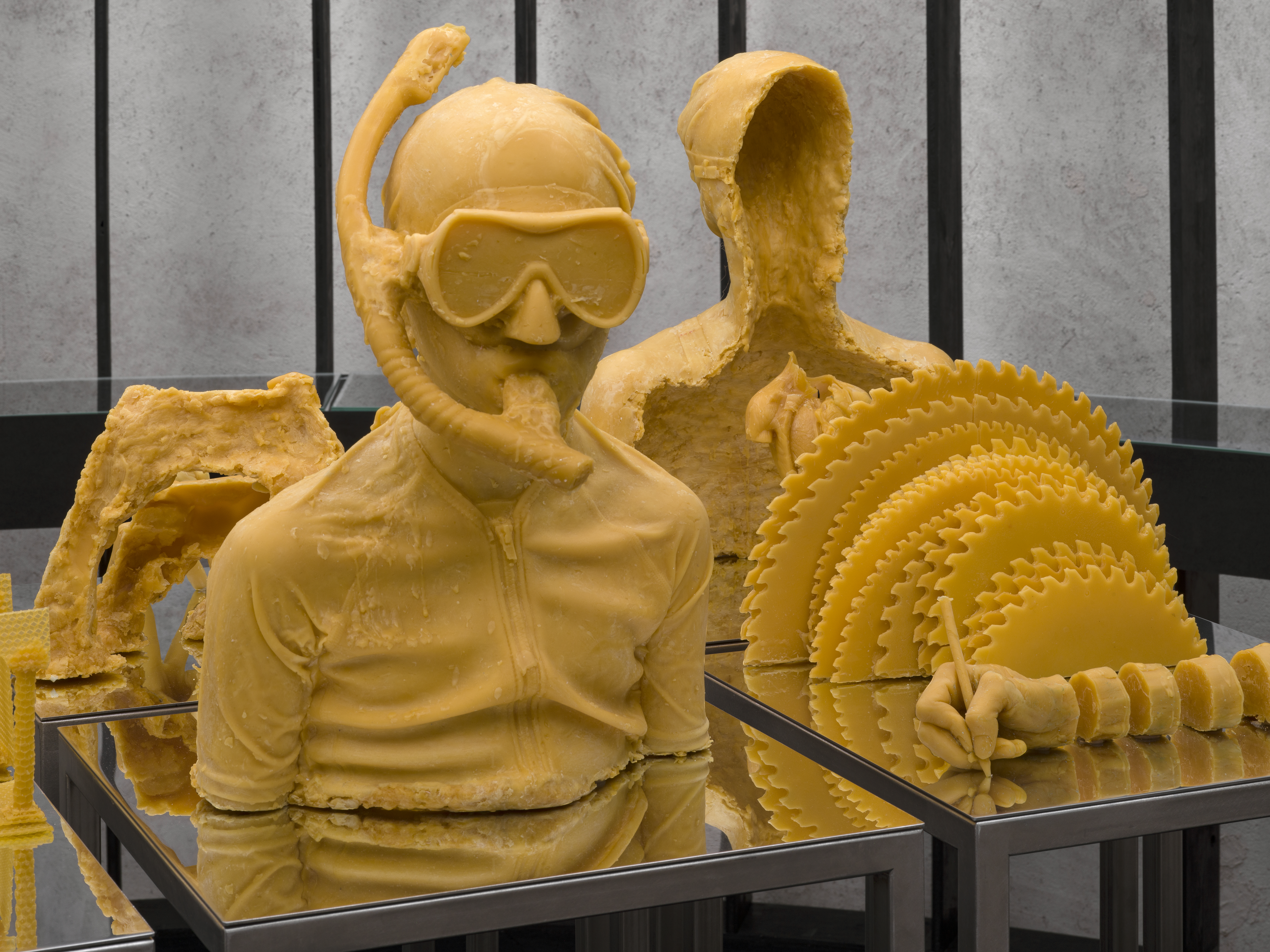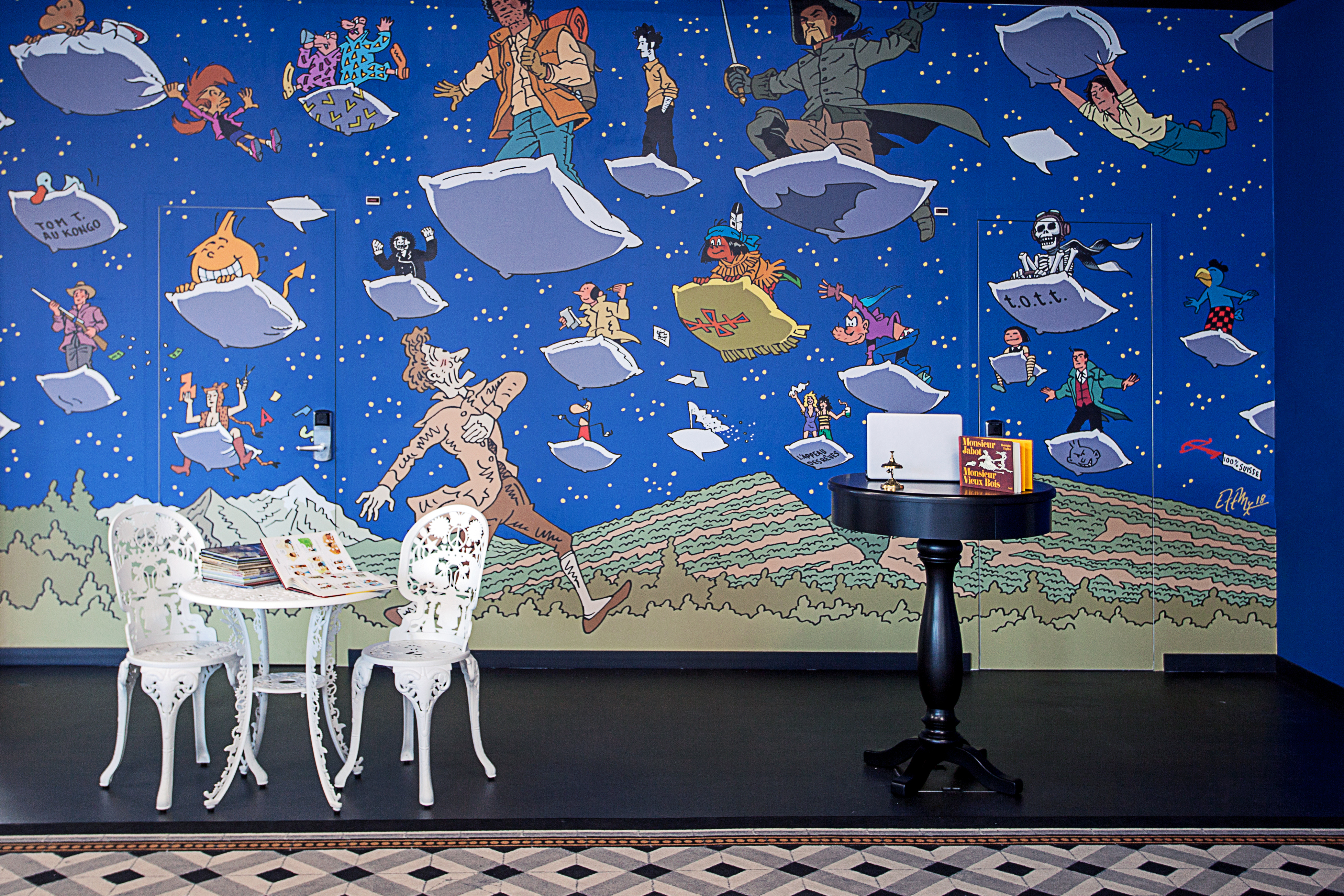
If the computer fits, wear it

Using computers to perform their daily tasks is no longer good enough for researchers in Zurich. Instead, they want to wear them.
At the electronics laboratory of the Federal Institute of Technology in Zurich, scientists are devoting their efforts to building wearable computers.
“The aim is to have a computer unobtrusively integrated in our clothes which is always on and which can help us in our daily business,” laboratory head, Professor Gerhard Tröster, told swissinfo.
Combining electronic know-how with textile research, the team needs to know how people communicate with computers as well as how to install software so that the machine can detect what the user is doing.
On the move
Tröster said the driving force of the research was the increasing need to access information anytime at any location.
“Today’s computers are insufficient,” said Tröster. “They are too big and they do not provide the assistance I would like to have. My vision is to use technology to have a personal assistant, like a good secretary, who can help me in my daily business more than my current machines.”
One application is for people who need monitoring after surgery.
“Normally these people would have to stay at the hospital for two weeks,” said Tröster. “Now they can go home because they have a direct connection to a helpdesk in the form of a wristwatch which monitors blood pressure and so on.”
Research assistant Pawel Lukowicz demonstrates a jacket designed, as a case study, to show how integrating electronic devices into clothing can make their use easier.
A display on the sleeve allows the wearer to operate the systems. “You don’t have to fumble in your pocket to get the phone when it rings,” said Lukowicz. “You just press a button and you have an earphone.”
Lukowicz said it was difficult to connect all the components so that they remained stable when used. “People tend to sit on clothing and then the connectors get broken,” he added.
“Also, textile people have different priorities from electronic engineers. The keyboard in the sleeve is a soft, plastic keyboard, which from the engineering point of view is rather unreliable. It’s difficult to press buttons but the textile people loved it because it’s flexible and it follows the shape of the sleeve.
Head mounted display
Lukowicz picks up a pair of glasses whose small display allows the user to look at computer information while mobile.
“It allows you to combine the information you get from the real world with the information from a computer or from somebody else who is further away,” he said.
Maintenance people working on a piece of equipment could use the glasses. They could have a plan of the machinery before their eyes while an expert in another location could talk them through a problem or point out a defect.
“It’s an overlay with the real world,” added Tröster. “It doesn’t block out the environment. We don’t like to separate the user from the real world.”
Meanwhile, their colleague, Holger Junker, is running a software programme designed to see whether a computer could tell what its user is doing.
“If the user is eating or jogging or walking upstairs, the idea is to detect these activities, using acceleration data,” said Junker.
“When you move your arm, you have a different acceleration from when you go for a walk. By testing these acceleration sensors in different positions, we want to know if it’s possible to say what a person is doing.
“We will hopefully have a system that can tell whether a person is eating or sitting in a park or reading a newspaper. This is the sort of information that might be really useful for the computer if it’s going to be your personal assistant in the future.”
Laser beam
Another area of innovation is a new type of display, designed to send a laser beam directly onto the retina.
“With a normal head-mounted display which works with LCD technology, you have the LCD in front of your eyes and then you see the image on it,” said Marc von Waldkirch.
“We are projecting the image directly on the humans retina and with this technology we can provide an image with a better contrast with a higher resolution and the power consumption is much lower.”
A lot of work is needed to reduce this system to a suitable size but the team says the miniaturisation technology already exists
Another unresolved issue is power generation. One possibility is that scientists may be able to tap the power of the human body itself through movement and heat. Another source might be solar cells.
“The important thing is that shouldn’t be aware of your battery,” said Tröster. “It must be totally unobtrusive.
“My vision is to have a sensor button, totally self-contained using power from the light or from the user’s movement. It will be about an inch in diameter with a complete PC inside. That will be feasible from technological viewpoint in three years.”
Conductive textiles
Meanwhile, research continues into using conductive textiles to connect electrical devices, and the team is also looking at different types of interface between computers and people whether hands, voice or even the movement of our eyes.
Two other concerns – irradiation and privacy – also need to be addressed.
“At the moment, computers are something we use at home,” said Lukowicz. “With a wearable computer you get the whole power of computing and communication all the time, no matter what you’re doing.”
The big difference with desktop computers, he added, was that wearables were designed to be aware of their users’ situation.
“Imagine you’re at home and in a big hurry to catch your train and your computer knows where you’re going. It knows you’re in a hurry and because it’s connected to the network, it knows the train is five minutes late, so it’s able to tell you that.
“Electronic gadgets become accepted when they make life easier for people.”
by Vincent Landon

In compliance with the JTI standards
More: SWI swissinfo.ch certified by the Journalism Trust Initiative



























You can find an overview of ongoing debates with our journalists here . Please join us!
If you want to start a conversation about a topic raised in this article or want to report factual errors, email us at english@swissinfo.ch.